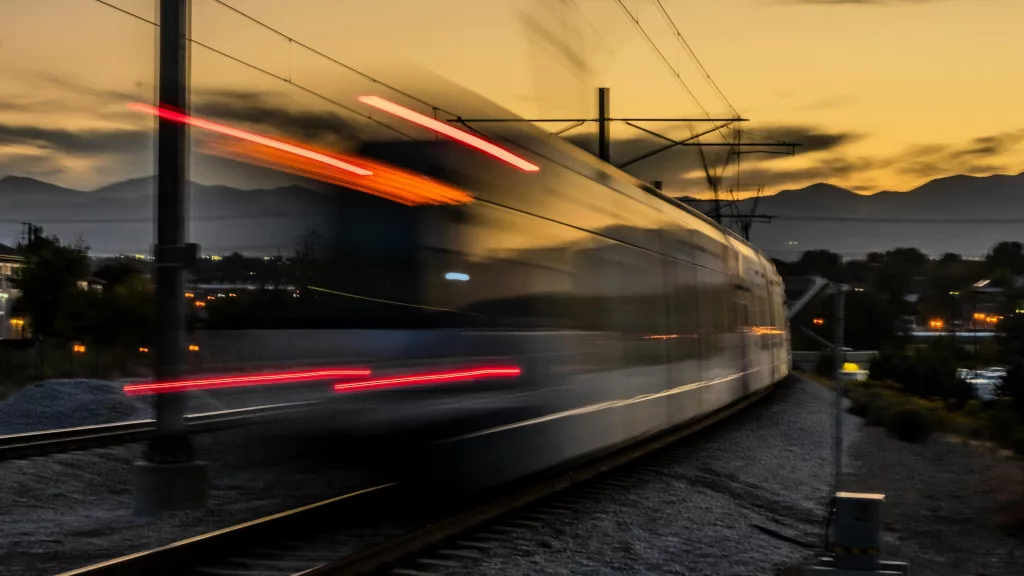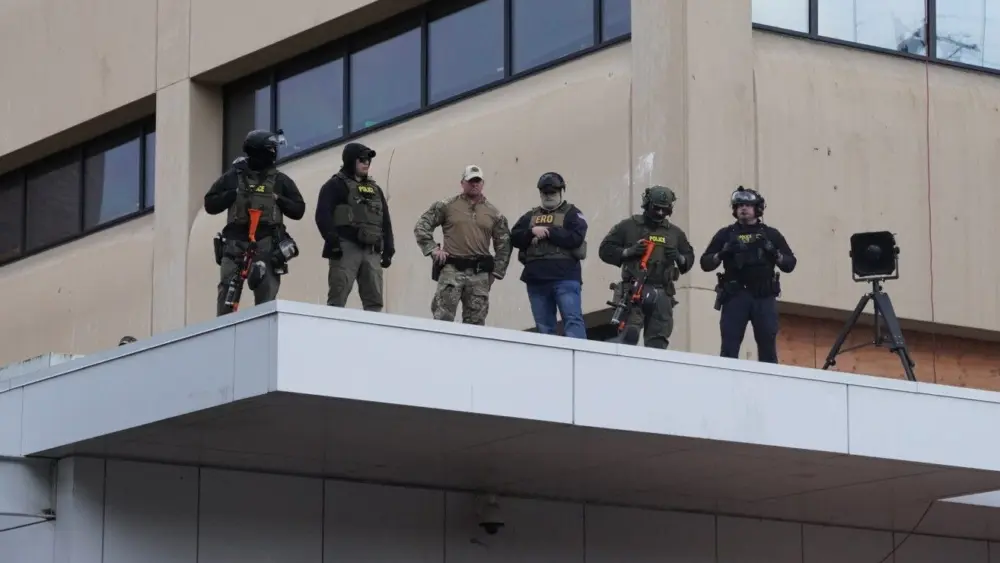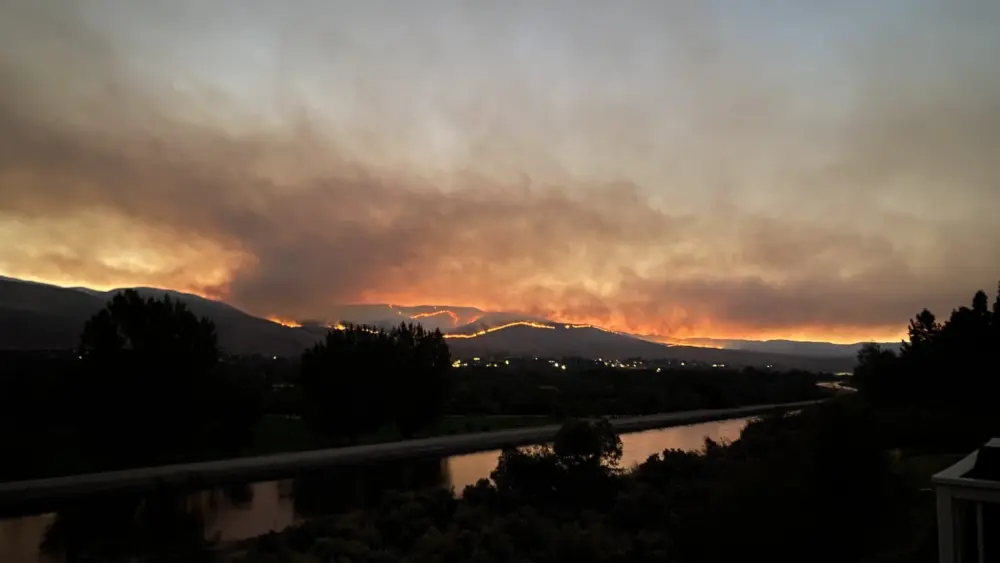As California’s high speed rail project lays its first tracks after spending billions of dollars since 2006, Washington officials are already looking at lessons to be learned on how to avoid a similar outcome as they work on their own multi-state, multi-national bullet train.
Since 2016, the state Legislature has explored the creation of a ultra high speed rail line that would connect Vancouver, B.C. to Seattle and Portland, with then-Washington state Gov. Jay Inslee and British Columbia Premier Christy Clark signing a memorandum of understanding. Traveling at more than 200 miles per hour, the train would enable individuals to reach the other cities within an hour, which proponents argue would allow workers to live in more affordable areas while still able to work jobs at major employment centers.
However, the proposal has also generated concerns over issues related to land acquisition, permitting and, most importantly, the cost.
During an update on the project from the Washington State Department of Transportation to the Senate Transportation Committee, state Sen. Leonard Christian, R-Spokane Valley, mentioned California’s high speed rail, describing it as a “disaster.” He asked WSDOT Acting Assistant Secretary Ron Pate what has been learned from that project “so we don’t make those same mistakes here?”
Pate said that the state agency’s service development plan for high speed rail seeks to avoid the same fate “if we….do the hard work upfront and making sure people understand what we’re doing, and how the systems are going to work together.”
“The California system was planned and developed on pieces of paper without good community engagement, without good participation from elected leaders of the state to say, ‘Hey, we support this system,’” he said. “We’ve paid very close attention to California.”
He added that they’ve also looked at Texas Central’s high speed rail line even though “it’s all in one state, but they have developed pretty good partnerships. That’s what the service development plan is.”
One part of that collaboration is tying the rail line to improvements to the Interstate 5 Corridor. Two years ago, WSDOT integrated its I -5 Study and Cascadia high speed rail planning into one program. The state has dedicated $40 million through 2029 for I-5’s planning and master plan development, funded by the Move Ahead Washington transportation package.
“I think it’s really critical that we look at those systems together,” Pate said. “We know I-5 needs a lot of maintenance, preservation, that seismic work, how can people rely on it, [that] ports rely on it to move products.”
Pate also emphasized that the ultra high speed rail line would not replace the existing Amtrak Cascades rail line, which goes from Vancouver, B.C. to Eugene, Ore.
Once the service development plan is finished, the high speed rail project will eventually have to go through the National Environmental Policy Act process as well as preliminary engineering, though there is no timeline yet established for when that’s expected to occur.
The project will also have to go through the Healthy Environment for All (HEAL) Act process, which “places an emphasis on the prioritization of vulnerable populations and overburdened communities.”
This article was originally published in The Center Square





